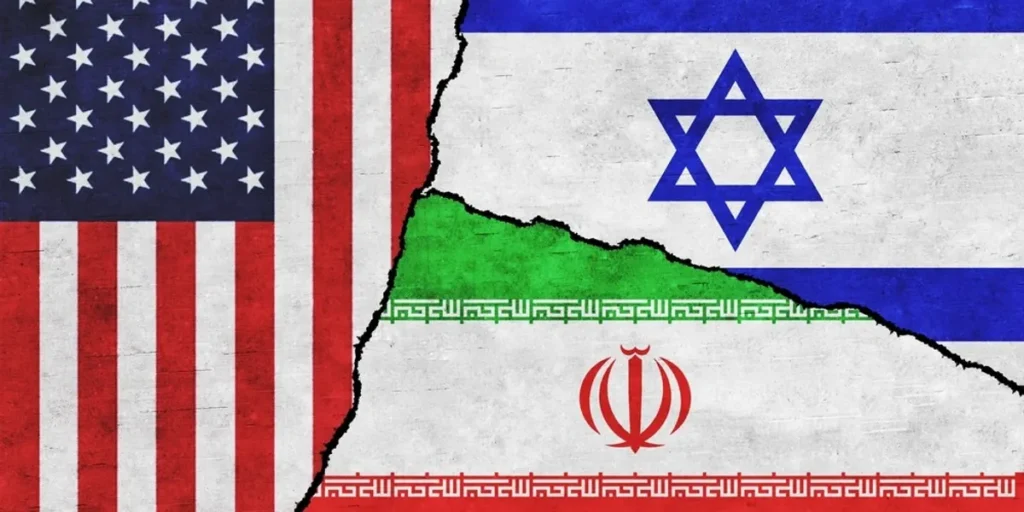The US-Israel-Iran Conflict and Its Global Socio-Economic Impact
How rising tensions in the Middle East are reshaping the world order
The ongoing tensions between the United States, Israel, and Iran represent more than just regional conflict – they are reshaping the global socio-economic landscape in profound ways. From energy markets to global alliances, the ripple effects are being felt worldwide.
Energy Markets
Iran’s position as an oil producer and the Strait of Hormuz as a critical chokepoint makes energy markets highly sensitive to tensions.
- Oil price volatility increased by 45% since escalation
- Alternative energy investments up 22%
- European energy diversification accelerating
Global Trade Routes
Potential disruptions to shipping lanes through the Persian Gulf could affect 20% of global trade.
- Shipping insurance rates up 35%
- Alternative trade routes gaining importance
- Supply chain resilience becoming priority
Military Spending
Regional arms race intensifying with global implications for defense budgets.
- GCC countries increased defense spending by 18%
- US military aid to Israel at record levels
- Global defense stocks outperforming market
Inflation Pressures
Energy price shocks translating into broader inflationary trends worldwide.
- Central banks maintaining higher rates
- Consumer spending patterns shifting
- Developing nations most vulnerable
Alliance Reshuffling
The conflict is accelerating changes in global alliances and partnerships.
- BRICS expansion gaining momentum
- China mediating role increasing
- Traditional Western alliances under stress
Humanitarian Impact
Civilian populations bearing the brunt of economic sanctions and conflict.
- Food insecurity rising in region
- Migration patterns shifting
- UN agencies facing funding shortages
Key Findings
- The conflict is accelerating the de-dollarization trend as countries seek alternatives to USD-dominated oil trade
- Global south nations are increasingly asserting independent foreign policies amid great power competition
- Technology transfer restrictions are reshaping global supply chains, particularly in semiconductors and defense
- The humanitarian costs are creating long-term demographic and social challenges for the region
- Climate change investments are being redirected due to energy security concerns
Regional Impacts
The Middle East is experiencing the most direct consequences, with Gulf states walking a delicate line between maintaining Western alliances and preserving regional stability. The conflict has:
- Delayed economic diversification plans in GCC countries
- Increased security spending at the expense of social programs
- Accelerated regional reconciliation efforts (e.g., Saudi-Iran détente)
- Impacted tourism and foreign direct investment flows
Global Economic Consequences
Beyond the immediate region, the global economy faces several challenges:
- Stagflation risks: The combination of supply shocks and monetary policy constraints creates difficult conditions for growth
- Investment uncertainty: Geopolitical risk premiums are being priced into emerging markets
- Technology fragmentation: Export controls are bifurcating tech ecosystems
- Food security: Disruptions to fertilizer trade (Iran is a major producer) affect global agriculture
Conclusion: A Shifting World Order
The US-Israel-Iran tensions are acting as an accelerant for broader trends reshaping the global socio-economic order. We’re witnessing:
- A more multipolar economic system with competing centers of power
- Reassessment of energy security and transition timelines
- Erosion of traditional security architectures
- Greater emphasis on regional solutions to global challenges
As the situation evolves, businesses, governments, and international institutions will need to develop new frameworks for navigating this increasingly complex landscape.

